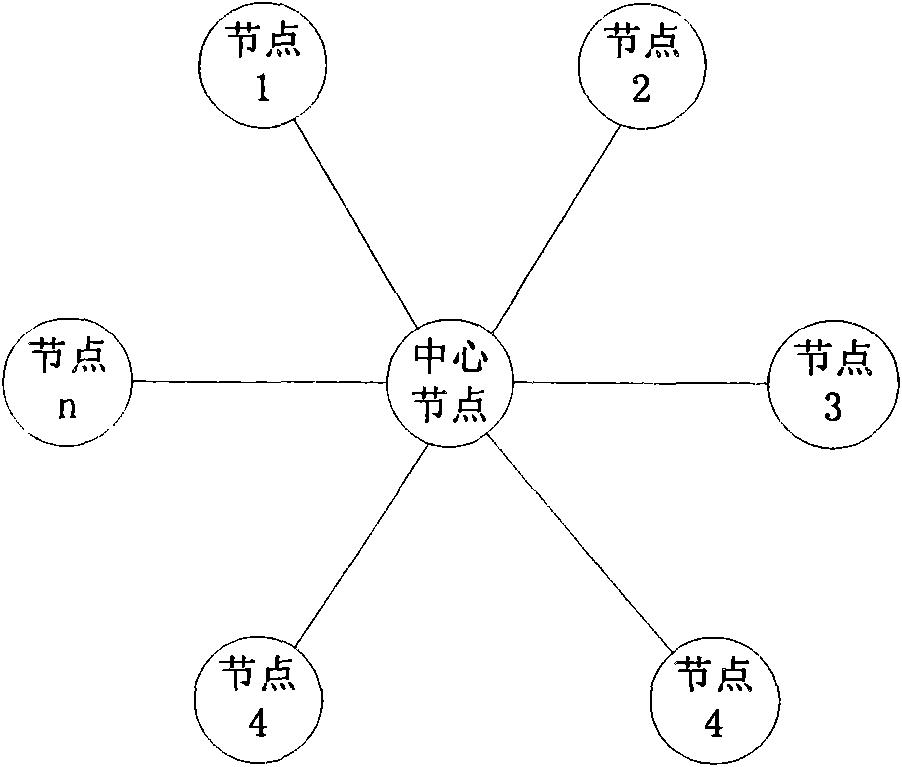Finite-state machine extended model of distributed system and quasi-synchronous method for check points
A distributed system, finite state machine technology, applied in transmission systems, digital transmission systems, data exchange networks, etc., can solve problems such as the influence of algorithm accuracy and stability, and the lack of unified criteria for judgment.
- Summary
- Abstract
- Description
- Claims
- Application Information
AI Technical Summary
Problems solved by technology
Method used
Image
Examples
example
[0101] Assume that the distributed system consists of process P 1 , P 2 And P 3 Composition, for simplicity, suppose that only one message is sent or received within the internal state of each process, o1, o2, and o3 represent process P 1 Internal output event, e 1 , E 2 And e 3 Represents process P 1 The internal input event, e 1 ′ Represents process P 1 External input event (process P 2 Send message to P 1 ), o1′ represents P 1 The external output event (P 1 Send message to P 3 ), Φ represents the process P 1 Null events of external input and external output, S 1 , S 2 And S 3 Represents process P 1 The internal state of K 1 And K 2 Represents process P 1 The input state of the channel, M 1 And M 2 Represents process P 1 The output state of the channel, the process P is under the action of the system's internal input events and external input events 1 The state transition diagram is as figure 1 Shown.
[0102] Enter event e internally 1 Under the effect of P 1 The internal stat...
PUM
 Login to View More
Login to View More Abstract
Description
Claims
Application Information
 Login to View More
Login to View More - R&D
- Intellectual Property
- Life Sciences
- Materials
- Tech Scout
- Unparalleled Data Quality
- Higher Quality Content
- 60% Fewer Hallucinations
Browse by: Latest US Patents, China's latest patents, Technical Efficacy Thesaurus, Application Domain, Technology Topic, Popular Technical Reports.
© 2025 PatSnap. All rights reserved.Legal|Privacy policy|Modern Slavery Act Transparency Statement|Sitemap|About US| Contact US: help@patsnap.com



